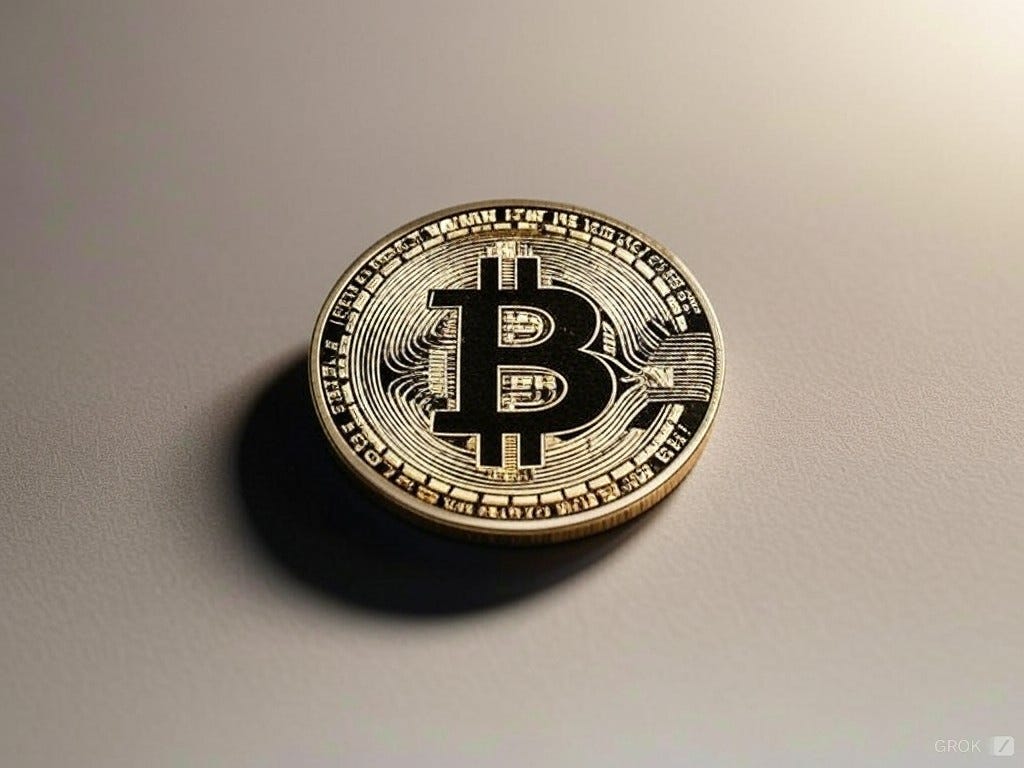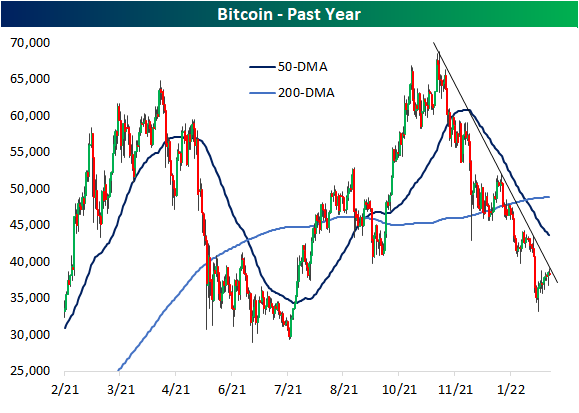🚨 Breaking News in Crypto!
Jump Crypto’s subsidiary, Tai Mo Shan, has agreed to a $123 million settlement with the U.S. Securities and Exchange Commission (SEC) for its role in artificially stabilizing the TerraUSD (UST) stablecoin in 2021. The case sheds light on deceptive practices that misled investors about the stability of algorithmic stablecoins.
What Happened?
In May 2021, TerraUSD (UST) — an algorithmic stablecoin pegged to $1 — experienced a “depeg” event, causing its price to fall below $1. During this critical period:
- Tai Mo Shan purchased $20 million worth of UST, creating the illusion that Terra’s stabilization algorithm was still functioning.
- This intervention misled investors into believing UST’s value was secure, masking the stablecoin’s underlying flaws.
In return, Tai Mo Shan received early access to Luna tokens, which were later sold at a profit.

The SEC Investigation
The SEC’s findings concluded:
- The intervention gave a false impression of stability and prevented the market from recognizing the algorithmic mechanism’s failure.
- Tai Mo Shan’s actions generated $86 million in profits, included in the $123 million settlement (disgorgement + $36 million civil penalty).
UST Collapse: The Domino Effect
This settlement is part of a broader fallout from UST’s catastrophic collapse in May 2022, which:
- Depegged UST from $1 to $0.67 within days.
- Revealed that reserves backing UST through Luna were insufficient, triggering a death spiral.
- Erased $60 billion in value from the Terra ecosystem.
Terraform Labs, the creators of UST, previously settled a $4.4 billion case with the SEC. Meanwhile, its founder, Do Kwon, faced criminal investigations globally.
The Bigger Picture: Stablecoin Scrutiny
The settlement underscores the SEC’s intensifying scrutiny of stablecoins and crypto practices:
- The Lummis-Gillibrand Stablecoin Act of 2024 aims to ban algorithmic stablecoins like UST entirely.
- Regulators are now calling for stronger audits and reserve requirements for all stablecoins.
Why This Matters
This case highlights:
1️⃣ The risks of algorithmic stablecoins, which rely on flawed mechanisms instead of real-world assets.
2️⃣ The SEC’s increasing focus on crypto regulation and transparency.
3️⃣ The need for investor awareness in distinguishing between genuinely stable assets and those artificially propped up.
Jump Crypto’s Subsidiary Pays $123M Settlement Over TerraUSD Stabilization Controversy was originally published in The Capital on Medium, where people are continuing the conversation by highlighting and responding to this story.

 15 hours ago
9
15 hours ago
9









 English (US) ·
English (US) ·